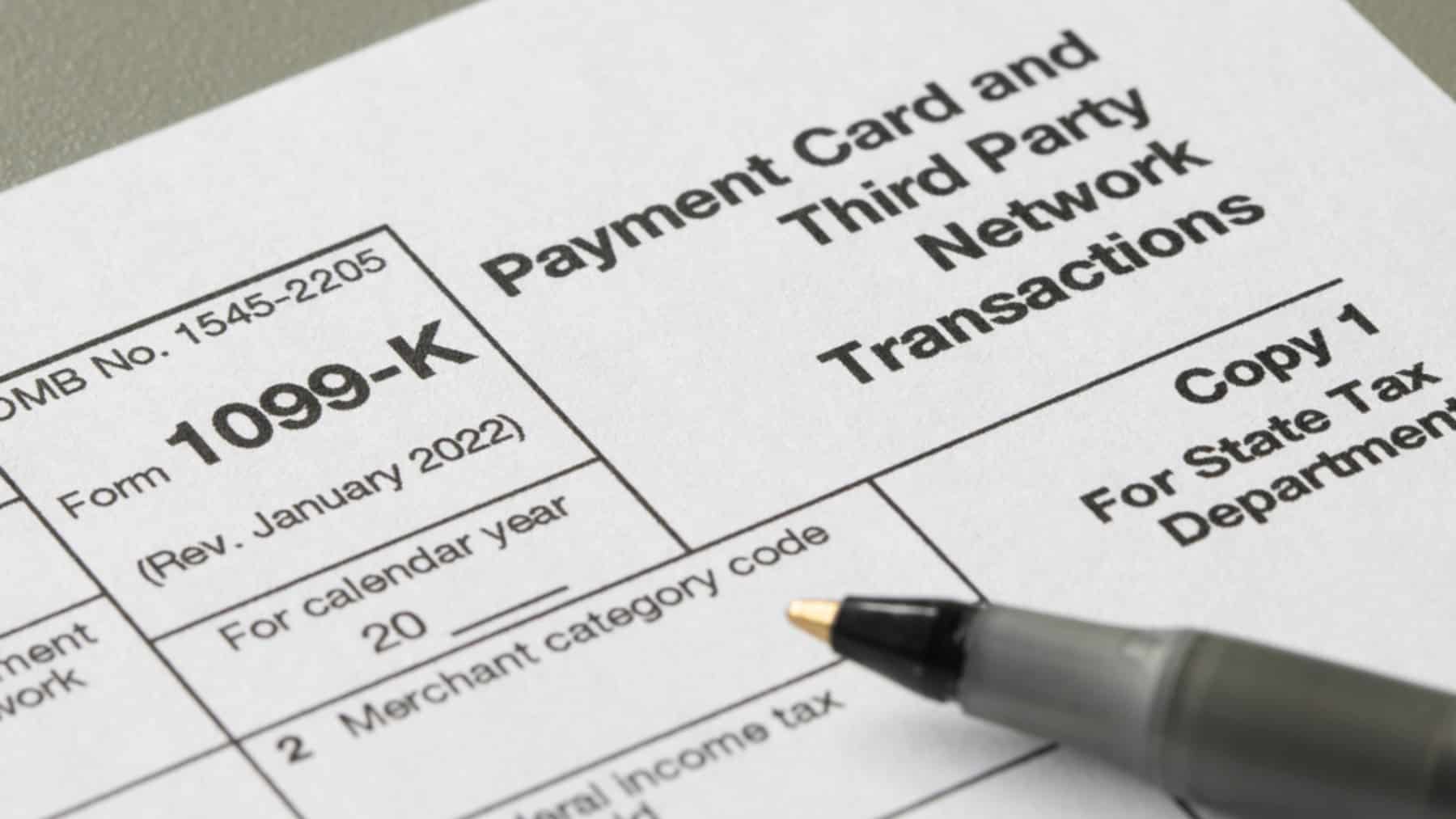If you or your family are beneficiaries of the Supplemental Nutrition Assistance Program (SNAP), the food assistance program in the United States, this article brings good news. The U.S. Department of Agriculture (USDA) has announced an adjustment in the amounts to be received, based on the increase in food costs and inflation. It will take effect starting October 1, 2025, and will continue to function in the same way: receiving food stamps through an Electronic Benefits Transfer (EBT) card.
The new maximum SNAP amounts will vary depending on the household receiving them and the region they are in. For a family of 4 people, the maximum monthly amount will be $994 in the 48 contiguous states and Washington D.C. Alaska will see its limits in amounts between $1,285 and $1,995, Guam at $1,689, and the U.S. Virgin Islands at $1,278.
The exception is Hawaii, where they will experience a reduction, with a new limit of $1,723. Not only will the maximum amounts be adjusted, but also the minimums, which will be $24 in most of the country, between $31 and $48 in Alaska, and remaining at $41 in Hawaii. As for how the program will operate, it will continue to function in the same way: funds will be loaded onto EBT cards, with limitations on the products that can be purchased.
Supplemental Nutrition Assistance Program (SNAP)
The official government portal defines the Supplemental Nutrition Assistance Program (SNAP) as a program that helps individuals with limited income purchase nutritious food. It is a federal program, but it is administered by state agencies through local offices. In other words, it is an economic assistance program for individuals or families with low resources who face difficulties in accessing healthy and nutritious food. To qualify, a series of eligibility requirements must be met, such as having low income or no income at all.
Its operation is very simple: once the eligibility application is approved, the user receives an Electronic Benefits Transfer (EBT) card, which works like a credit card, but only has the amount corresponding to the financial aid. According to the Center on Budget and Policy Priorities, more than 41 million low-income people in the United States were served by this program.
Changes in SNAP
The United States Department of Agriculture (USDA) has announced changes and adjustments to SNAP amounts, aimed at compensating for the increase in food prices and improving access to essential products for low-income families. These changes will take effect on October 1, so families will see an increase in the amounts received, depending on each case. What are the new maximum SNAP benefits?
- In the contiguous 48 states and Washington: $994.
- Alaska: between $1,285 and $1,995.
- Guam: $1,689.
- U.S. Virgin Islands: $2,278.
The only reduction that is contemplated occurs in Hawaii, which will have a cap of $1,723. Minimum amounts to be received have also been established:
- $24 in most of the country.
- Between $31 and $48 in Alaska.
- $41 in Hawaii.
What can I buy with the EBT card?
As we have already explained, the announced changes only affect the amounts to be received. The program itself continues to operate in the same way, meaning that beneficiaries receive their monthly payment through ETB cards, and can purchase their products at any supermarket or authorized store that accepts ETB. The allowed foods remain the same: fruits, vegetables, meat, fish, dairy products, bread, cereals, snacks, and non-alcoholic beverages, as well as seeds and plants that produce food.
On the other hand, the products that are not covered and cannot be purchased with the SNAP card are alcoholic beverages, tobacco, vitamins, medications, supplements, live animals, hot food prepared at the point of sale, cleaning products, personal hygiene items, or pet food. In fact, some states have already added carbonated beverages and sweets to this list.
Supplemental Nutrition Assistance Program (SNAP) at risk?




